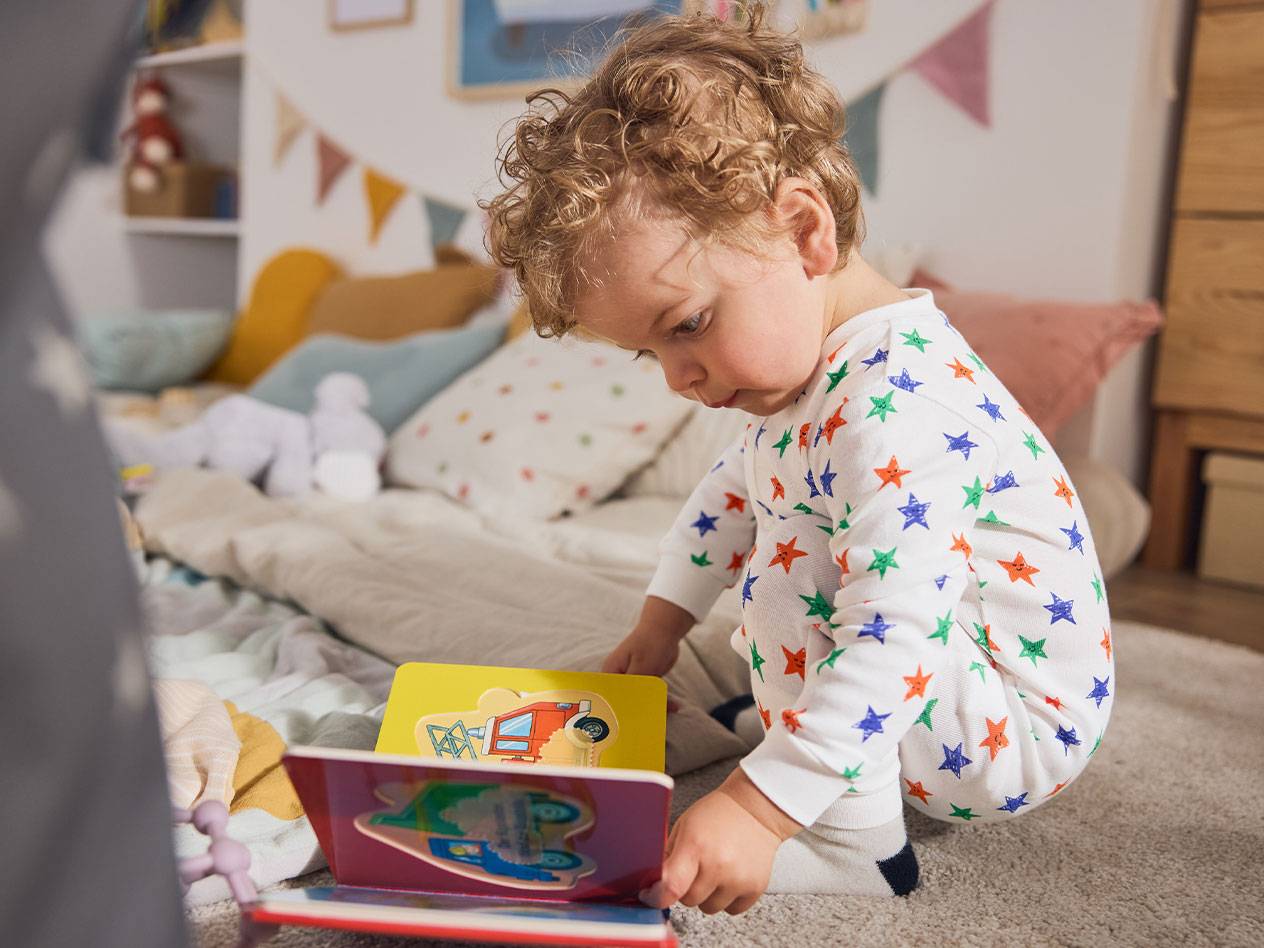Furnishing a baby's room - the must-haves for the perfect roomEvery baby's room needs basic furnishings. This naturally includes a bed, a changing table and a chest of drawers in which you can store baby clothes. These basics are important for everything your little one needs: healthy sleep, fresh clothes and a clean nappy.


Designing a baby's room with the right coloursThe right colours in a baby's room are particularly important as they create a pleasant atmosphere. When you start designing your baby's room, you should opt for warm but subtle colours that won't overstimulate your little one. Light and pastel colours are best. For example, design the baby's room in a soft light blue or a warm but not bright yellow. You can also use several colours, but in this case you should be careful not to bring too much "colour disorder" into the baby's room. You can achieve this by choosing colours that harmonise with each other. Babies perceive not only noises but also colours as "noise" and react very sensitively to them, and you should not paint the baby's room shortly before the birth, but a few months before. This will allow the paint to evaporate sufficiently so that your baby does not inhale any harmful substances or paint odours in their room. When decorating the walls, pay particular attention to the ceiling, for example by decorating it with a pattern or attaching mobiles - because babies mainly look up at the ceiling in the first few months.



